Margaret Raspé, a Berlin-based artist, has her first complete retrospective show at Haus am Waldsee from February 3 to May 29, 2023.
Raspé has generated a considerable body of artistic work in the immediate region of the institution during the last five decades, producing an idiosyncratic artistic vocabulary that explores life and art, and their everyday conditions, in tandem. Haus am Waldsee portrays the story of a profoundly local art history of global significance through this exhibition, echoing the dynamics of its own institutional history.
Raspé’s output includes performances, photo series, sound pieces, and large-scale installations in both indoor and outdoor locations, in addition to her celebrated cinema works from the 1970s and 1980s. Her work revolves around the investigation of perceptual processes. To explore given societal systems, ephemeral methodologies that adapt uniquely to their contexts are used, with experienced realities serving as a starting point.
Raspé invented the “camera helmet” before they were commercially accessible in 1971: a construction site helmet outfitted with a Super 8 camera that catches the center perspective of the artist’s gaze and allows her to film her daily life. The resulting films depict the artist performing regular duties, like as housework, that are generally done unconsciously or instinctively. Raspé’s hands can be seen in clinical detail, whipping cream into butter in Der Sadist schlägt das eindeutig Unschuldige, 1971 (The Sadist Beats the Unquestionably Innocent), baking a cake in Backe Backe, Kuchen, 1973 (Pat-a-Cake Pat-a-Cake Baker’s Man), or washing up in Alle Tage wieder—let them swing!, 1974 (Tomorrow and Tomorrow and Tomorrow Again – Let them Swing!). Aside from bringing to light largely unseen, everyday tasks, the films also bore testimony to the mostly unconscious physical processes at work. These automated acts might be brutal in the way they modify their materials, yet they can also be commonplace. The automatic is investigated as a mechanism that occurs between cerebral and manual effort. The body is regarded as a programmable “Mensch-Maschine” (human machine) or “Frautomat” (female robot), to which the camera helmet serves as a prosthetic extension, allowing the viewer to experience the artist’s own universally mirrored perspective.
Raspé’s early films are shown alongside her later works, which explore topics of ecological, sustainability, perception theories, spirituality, and healing. They all share a search for alternative modes of knowledge production as well as an awareness that our daily environment is imprinted in the bodies, beings, and objects that surround us. Raspé established her house and associated garden in Rhumeweg, Berlin-Zehlendorf, as a space for discursive artistic interchange early in her career. Artists, academics, authors, and activists predominantly associated with the Vienna Actionists and the Wiener Gruppe, as well as the Berlin Fluxus movement, were inextricably linked to the home and met on a regular basis for Raspé’s creative and social formats.
Between 1954 and 1957, Margaret Raspé studied painting and fashion at the Kunstakademie München and the Hochschule für Bildende Künste in Berlin. She invented the camera helmet and began making camera helmet films in the early 1970s, followed by a subjective ethnographic film on the Greek anastenaria (fire walkers) rite from 1978 to 1985. Raspé’s experimental works have enjoyed only sporadic institutional response in Germany thus far, although her films drew international recognition early on, with screenings at the Anthology Film Archives in New York and the Hayward Gallery in London, among others. Her films are held by the London Filmmakers’ Coop and the Deutsche Kinemathek in Berlin.
Curated by
Anna Gritz
Beatrice Hilke, Assistant Curator
Pia-Marie Remmers, Curatorial Assistant
Upcoming 2023
Tolia Astakhishvili
June 23–September 24, 2023
Tolia Astakhishvili (b. 1974 in Tbilisi, Georgia; lives and works in Berlin and Tbilisi) will alter the Haus in a large-scale solo exhibition in June 2023. Astakhishvili’s multimedia practice is focused with the construction of space and how it reflects living realities. Her works are inspired by existing buildings’ architecture and tales, conjuring up actual and imagined stories through temporary installations and changes.
Curated by Beatrice Hilke.
The exhibition is realised in two chapters, in partnership with Bonner Kunstverein (March 25–July 30, 2023 curated by Fatima Hellberg).
Bruno Pélassy and the Order of the Starfish
October 20, 2023–February 10, 2024
The Haus is proud to present Bruno Pélassy’s (b. 1966 in Vientiane, Laos; d. 2003 in Nice, France) first institutional exhibition in Germany. Pélassy’s work, which was heavily impacted by an early HIV diagnosis, reflects on the conflicting poetics of disease and mortality, as well as the idea of the body as a permeable and erratic reality. The show examines his practice as a personal and political contestation of the conventions of desire, gender, and health, as well as art making, through formal and playful material excesses in sculpture, fashion, drawing, and video. Pélassy’s artistic approach will coexist with chosen artworks and ephemera by his contemporaries as well as artists working today in the exhibition.
Nina Beier and Bob Kil
Throughout 2023
Nina Beier (born 1975 in Aarhus, Denmark; lives and works in Copenhagen) and Bob Kil (born 1975 in Seoul, South Korea; lives and works in Berlin) have developed a collaborative approach in recent years that explores the performativity of objects and bodies in close proximity, allowing one to inform the other. Throughout 2023, Beier and Kil will use the villa’s English landscape garden as both a collaborator and a backdrop to further improve their approach in both public and private settings.
Haus am Waldsee
Argentinische Allee 30
14163 Berlin
Germany
Hours: Tuesday–Sunday 11am–6pm









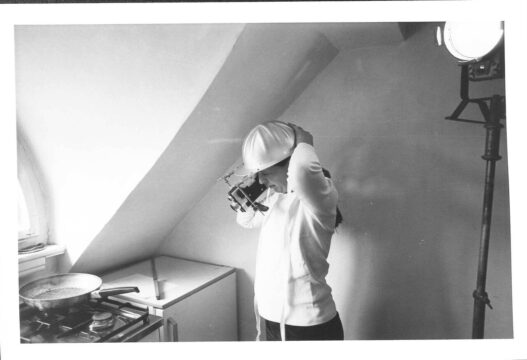
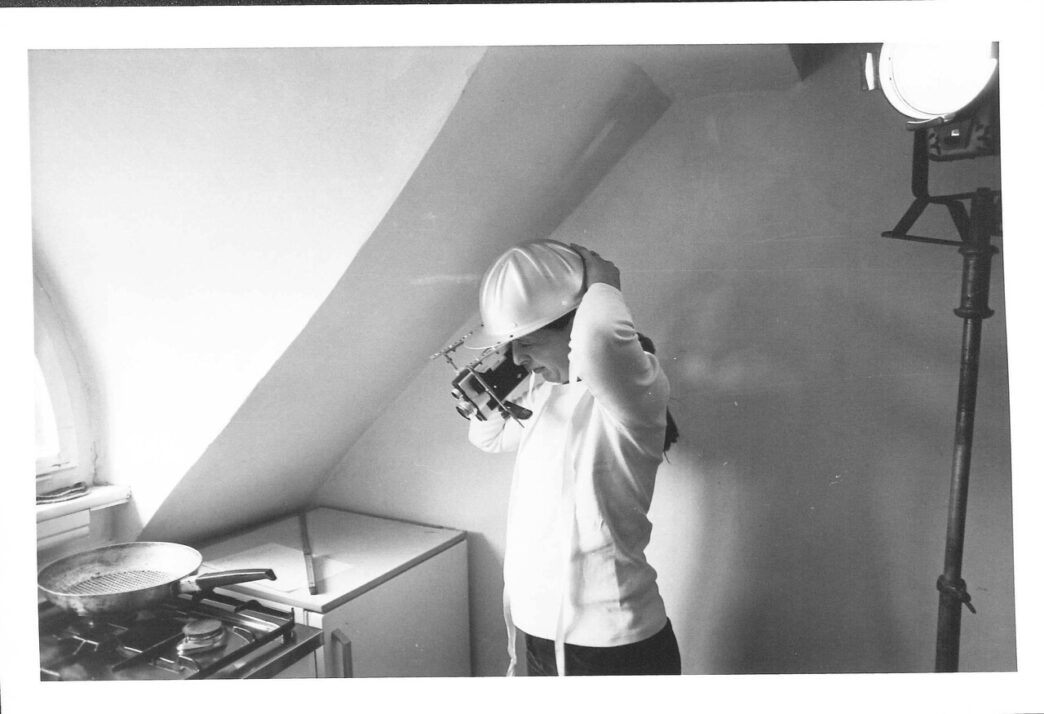


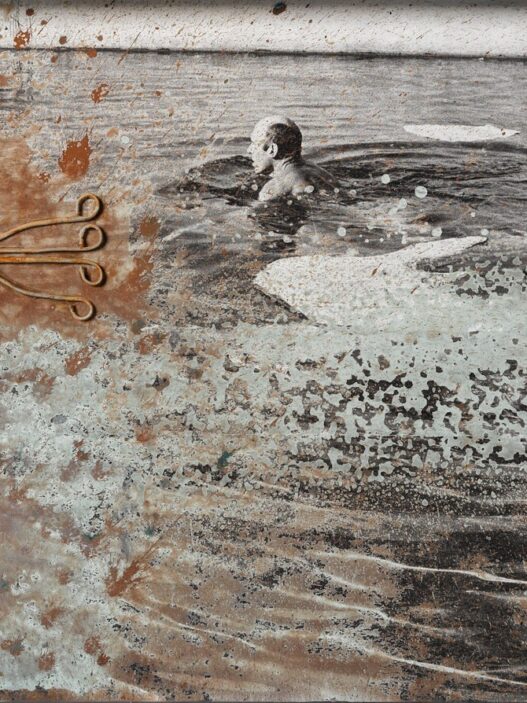
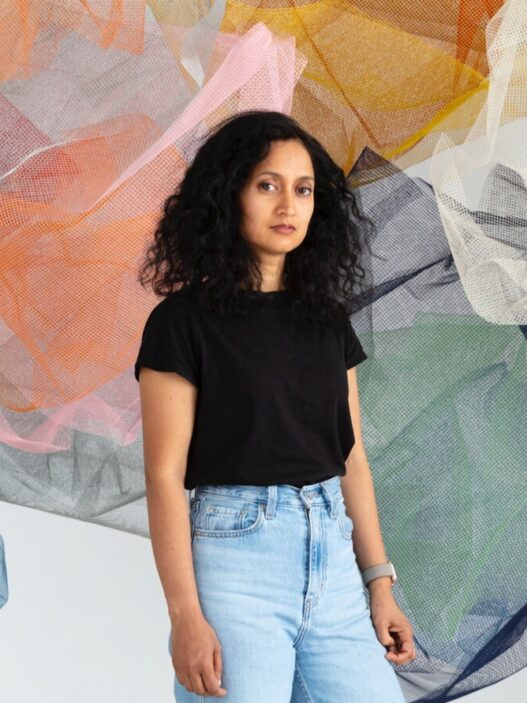
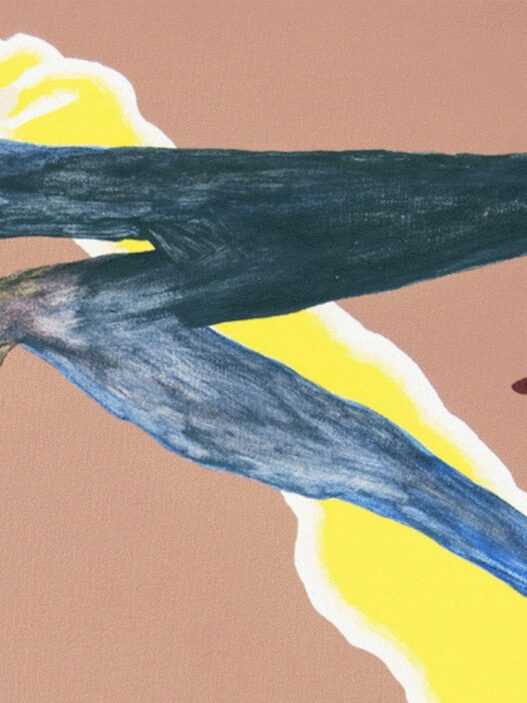
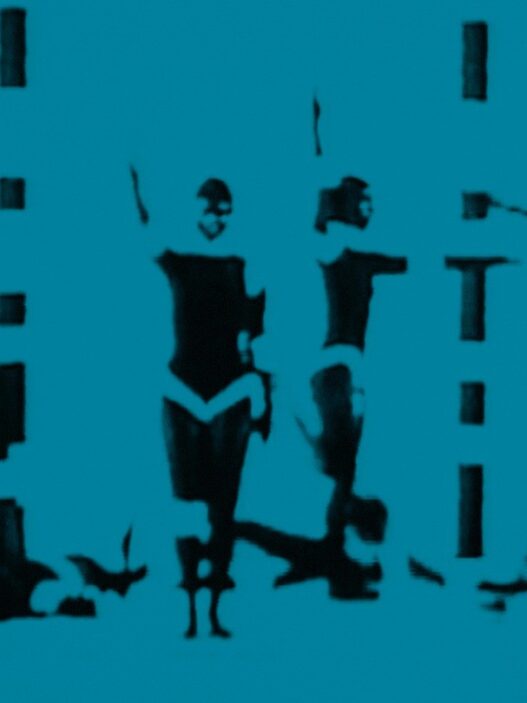
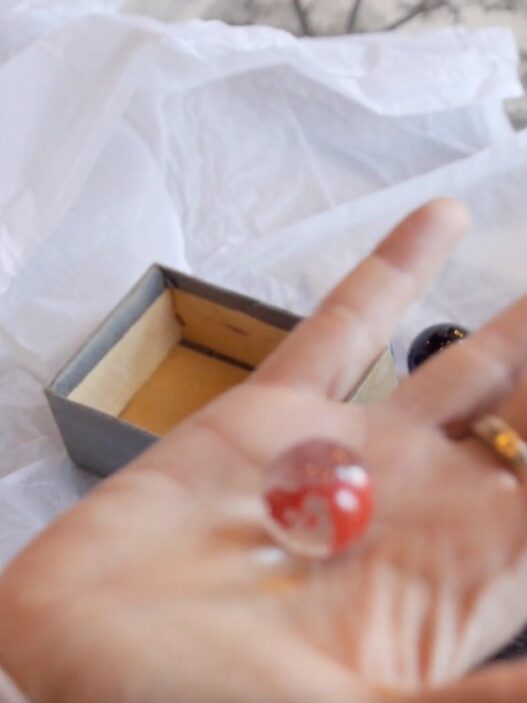
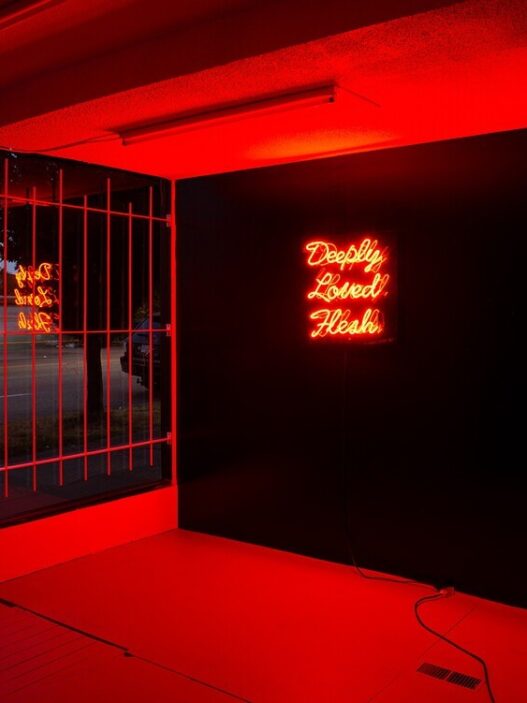
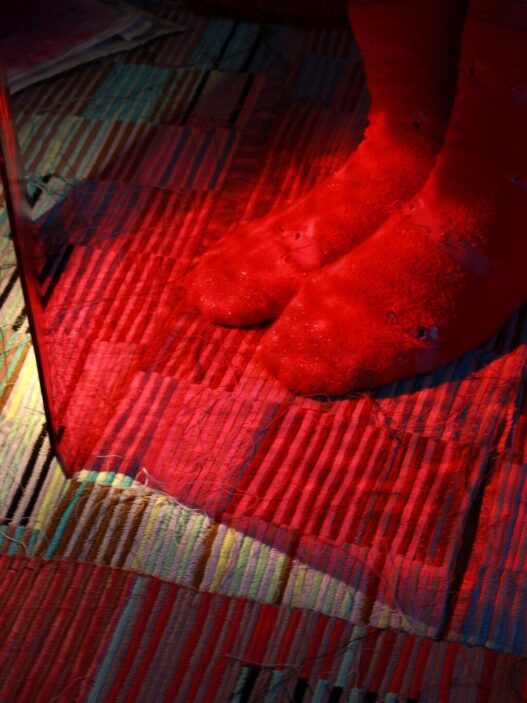
![Arthur Bispo do Rosario, Untitled [Manto da apresentação (Annunciation garment)], n.d. Fabric, thread, ink, found materials, fiber, 46 5/8 x 55 5/8 x 2 3/4 inches.](https://dailyart.news/wp-content/uploads/2023/02/arthur_bispo_do_rosario-527x703.jpeg)